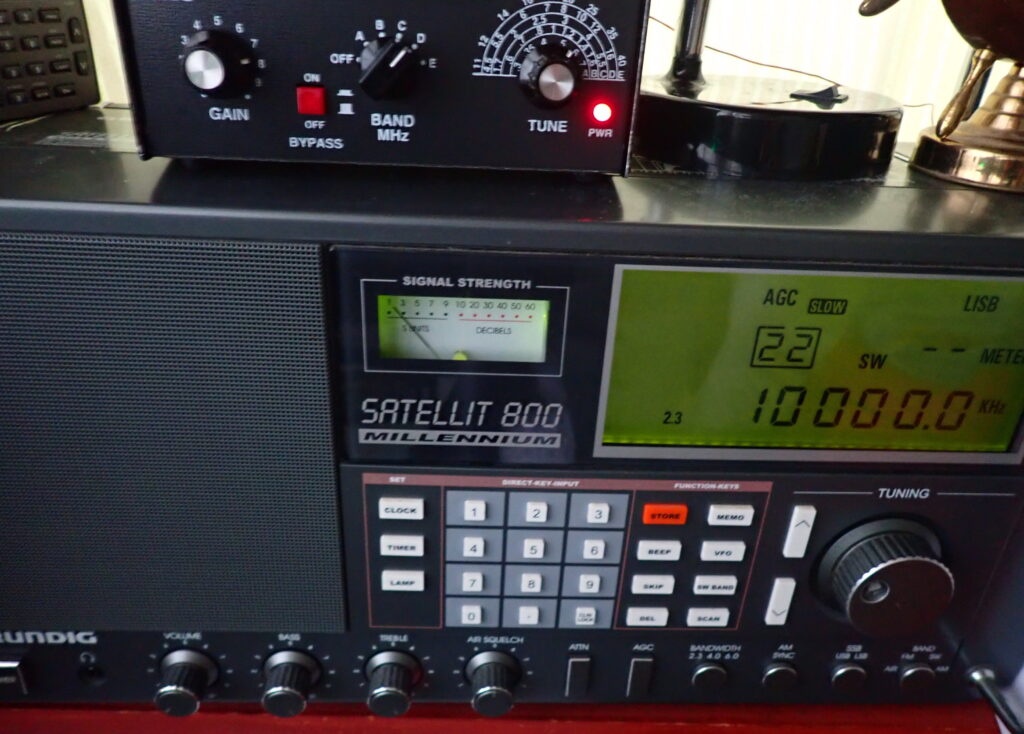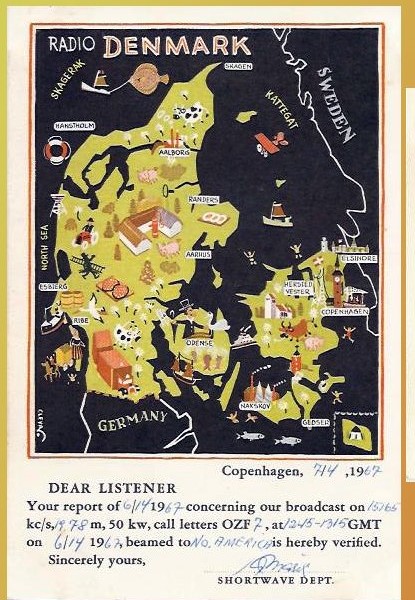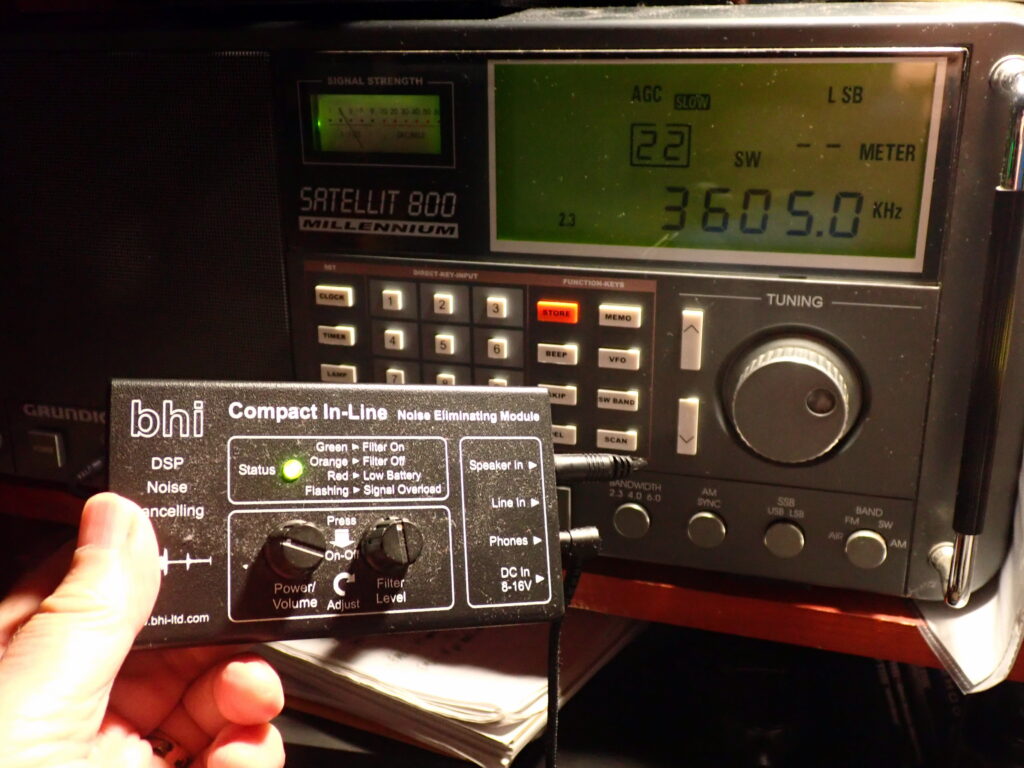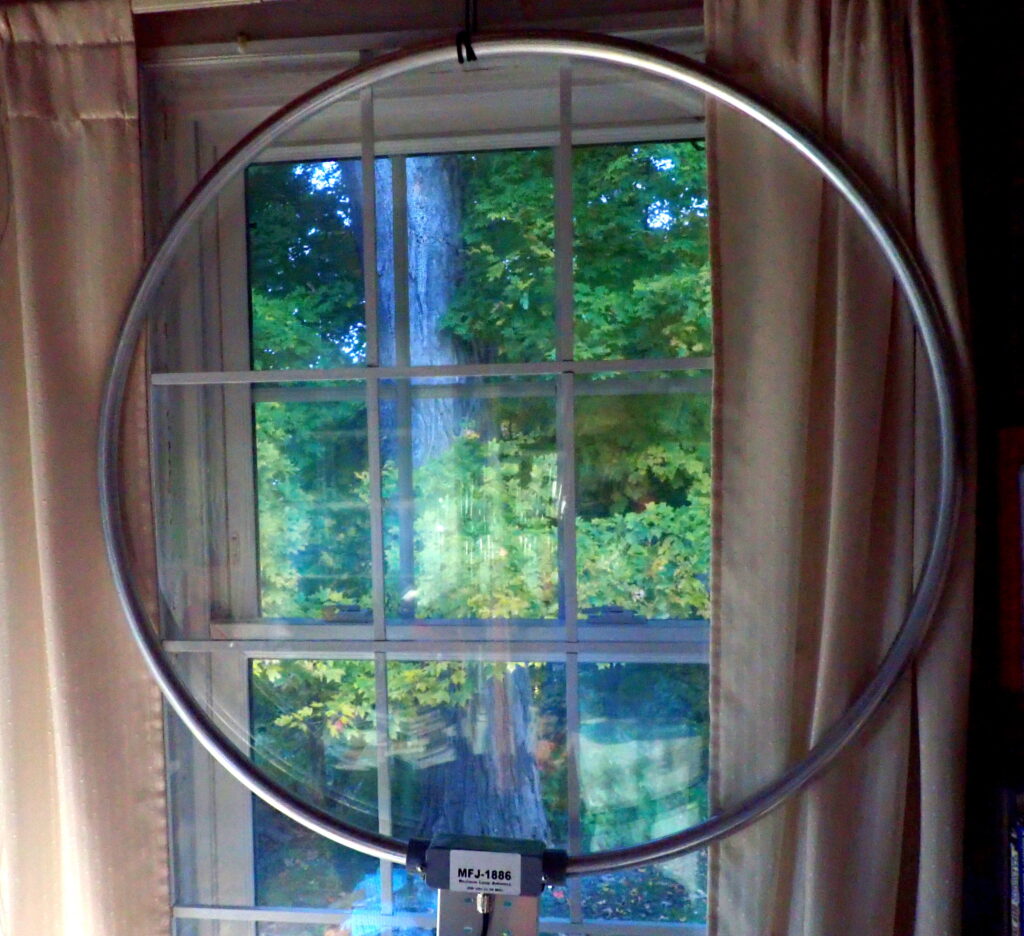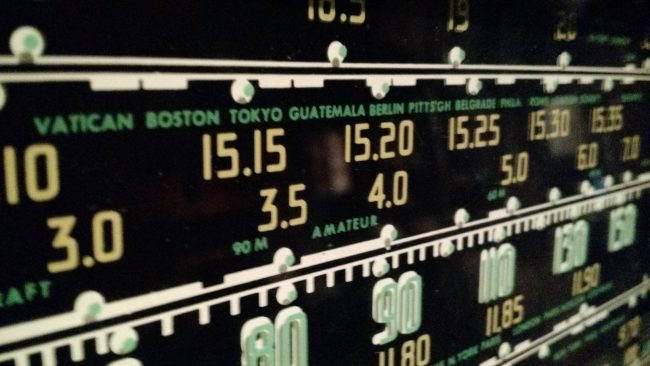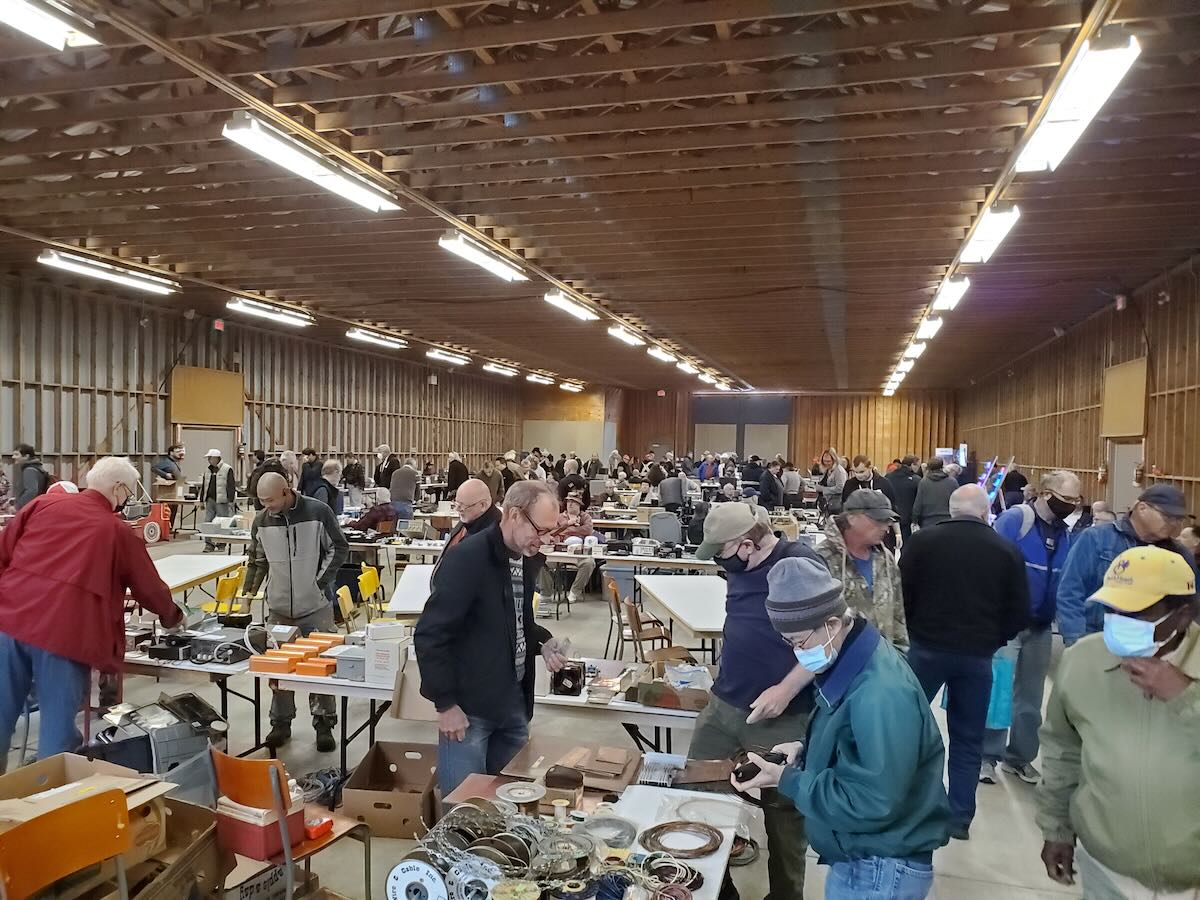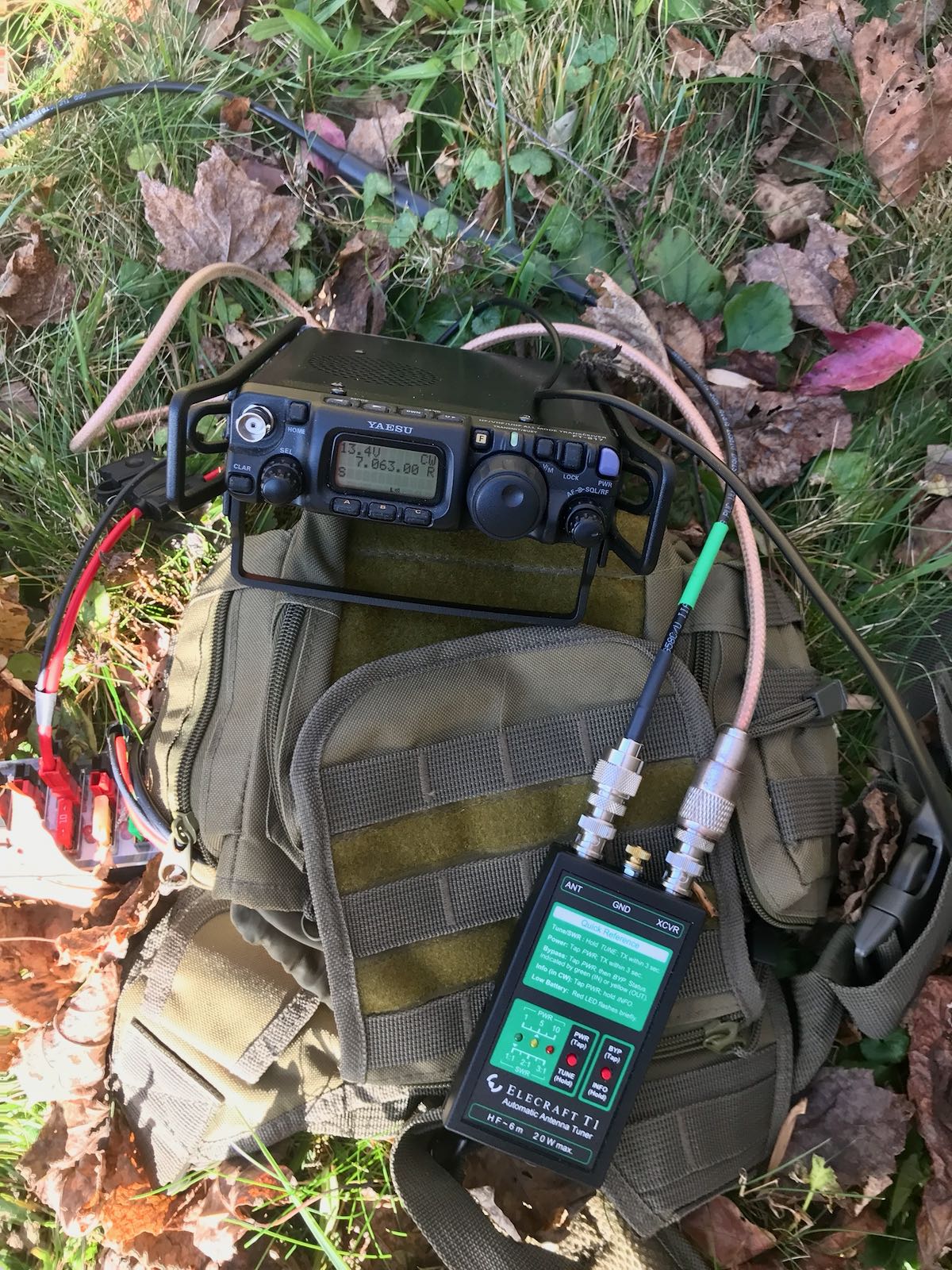 Many thanks to SWLing Post contributor, Alexander (DL4NO), who writes:
Many thanks to SWLing Post contributor, Alexander (DL4NO), who writes:
A Message from Germany: Growing Disaster Preparedness favours Ham Radio
For a long time most radio amateurs in Germany found themselves in the defensive: Building regulations, combined with EMC standards, heavily restrict antenna possibilities. Neighbors fear “dangerous” radiation, often going to court without any legal reasons. Emergency services got a much improved digital communication systems (TETRA), removing many of the artificial borders where they sometimes used ham radio to build bridges.
This could be quite different, as you can see in Austria. If radio amateurs organize a congress about emergency traffic, even the federal government and the Austrian army send competent representatives.
But the political turmoil and the connected energy crisis change attitudes in quite some branches of administrations:
The county of Soest urges citizens to buy license-free PMR handheld radios so they can reach the “light houses” that the county of Soest is creating all over its area.
The county of Ebersberg, east of Munich, is well known for its initiatives. Recently they invited the regional chapter of DARC, our German ham radio society, to discuss the build-up of a resilient data net for the county. In normal times, this data net could be used as part of HAMNET, our part of 44net. The county and towns would help to get access to suitable positions, including power supply. Some of the stations, for example on town halls, might be dormant most of the time. But as soon as power goes out, local radio amateurs are to activate the emergency net. The first application is to be VoIP, i.e. a independent phone service.
The county of Freising, a few km to the north, is also interested in working together with radio amateurs. We are just building a task force for this.
These activities are quite different from traditional emergency traffic. The most important difference: We work as enablers, not as radio officers. Our task will be to maintain the system, make it operational in case of an emergency, and introduce the officials to its use.
This is critical as we do not have enough radio amateurs to get the messages, send them over our system, and hand them down to the respective officer: Multply 2 radio amateurs by 3 shifts per day by a new crew every second day by the number of sites.
And in normal times, we can enjoy a much improved HAMNET coverage. Until now, most radio amateurs only had to access 44net through VPNs over the Internet.
Please comment!

